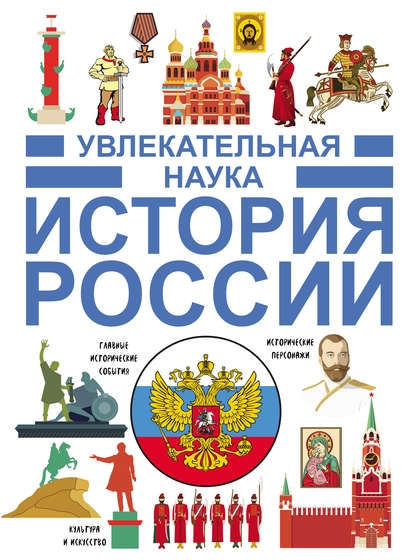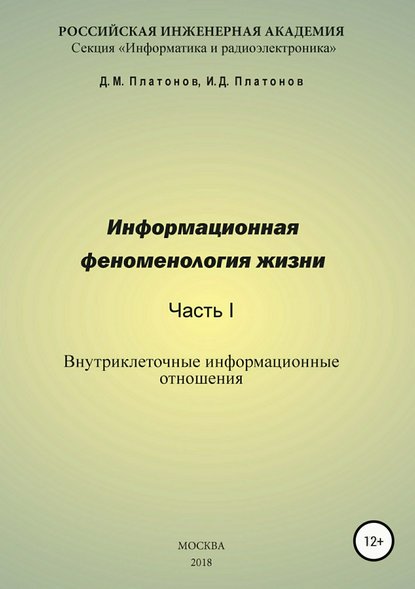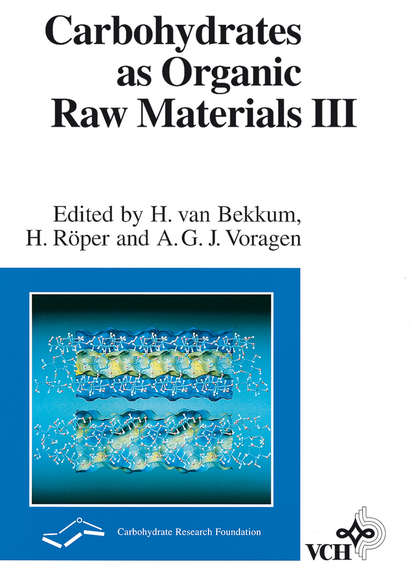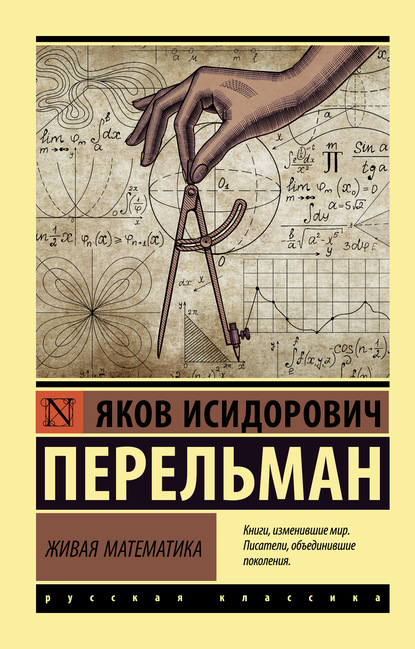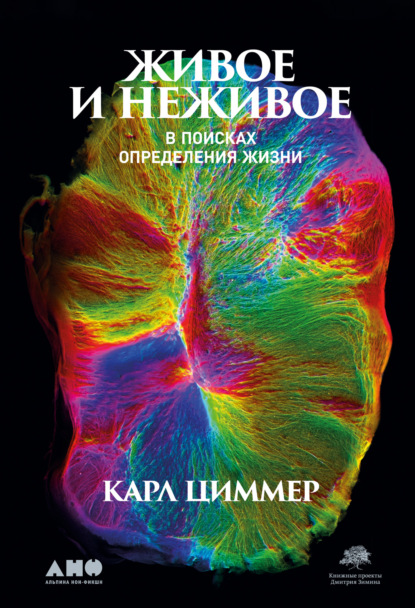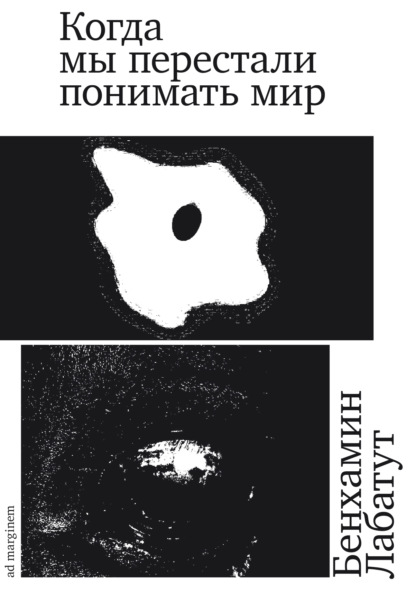Большинство реакций в органической химии не проходят в одну стадию, а скорее проходят несколько стадий, чтобы дать желаемый продукт. В ходе этих многоступенчатых реакционных последовательностей могут генерироваться кратковременные промежуточные вещества, которые быстро превращаются в другие промежуточные вещества, реагенты, продукты или побочные продукты. Поскольку эти промежуточные вещества очень реакционноспособны, их обычно нельзя изолировать, но их существование и структура могут быть доказаны теоретическими и экспериментальными методами. Используя полученную информацию, исследователи могут лучше понять основной механизм реакции определенного органического превращения и, таким образом, разработать новые стратегии для эффективного органического синтеза.
Главы четко структурированы и расположены в соответствии с типом промежуточного вещества, предоставляя информацию о формировании, характеристике, стереохимии, стабильности и реакционной способности промежуточных веществ. Кроме того, приводятся репрезентативные примеры и раздел с задачами разного уровня сложности для самопроверки вновь приобретенных знаний.
Предоставляя более глубокое понимание основных концепций, эта книга является обязательной для аспирантов и магистрантов, изучающих органическую химию, а также ценным источником информации для химиков в академических и промышленных кругах, работающих в этой области. Она также идеально подходит в качестве основного или дополнительного чтения для курсов по органической химии, физической органической химии или аналитической химии.
Most reactions in organic Chemistry do not proceed over a single stage, but rather consist of many stages leading to the required result. Allegiantly these although step-by-step organic reaction sequences give rise to short duration intermediates that turn swiftly into different intermediates, reaction enabled substances, products, or secondary results. Because of their high reactivity, these intermediates often can't be separated but their development and nuclear structures can be proven via theoretical and lab-based methods. Utilizing the facts gotten, researchers are able to better grasp the basic mechanism of an organic transformation and, similarly, form new strategies for high-efficiency organic chemical synthesis. The sections are clearly categorised and arranged by kind of intermediate, giving info on creation, acknowledgment, skeletal geometry, durability, and activity of the withdrawals. Moreover, representational instances and a troublesome area with various notoriety degrees for tested thoroughly the new discernment established. Via furnishing a deeper recollection of the fundamental ideas, this publication is an essential reference for Ph.D. and final year understudies in organic chemistr, as properly as a dependable information storehouse for scholars based in discipleship and business operating in the field. it is likewise perfect as primary or supplemental study for courses in organic chemistry and Physical Organic Chemistry or Evaluative Chemistry.
Most organic chemical reactions do not take place in a straight line but form several steps until giving the needed product. While these multi-stage reaction progressions form, short life-time interrediate species are generated. They quickly change into different intermediate, reagent, product or second hand products. These intermediate compounds regularly get along with wide reactivity; they can't commonly be isolated. However, their existence and appearance can be confirmed by way of theoretical and practical techniques. Through the info obtained, achievement experts can understand the fundamental process of reaction strategy for a definite organic change and, consequently, evolve innovative approaches for cost effective organic development. The paragraphs are cleanly designed and put together according to kind of stable compound, supplying data on design, characterization.
Электронная Книга «Reactive Intermediates in Organic Chemistry. Structure, Mechanism, and Reactions» написана автором Maya Singh Shankar в году.
Минимальный возраст читателя: 0
Язык: Английский
ISBN: 9783527678280
Описание книги от Maya Singh Shankar
Most reactions in organic chemistry do not proceed in a single step but rather take several steps to yield the desired product. In the course of these multi-step reaction sequences, short-lived intermediates can be generated that quickly convert into other intermediates, reactants, products or side products. As these intermediates are highly reactive, they cannot usually be isolated, but their existence and structure can be proved by theoretical and experimental methods. Using the information obtained, researchers can better understand the underlying reaction mechanism of a certain organic transformation and thus develop novel strategies for efficient organic synthesis. The chapters are clearly structured and are arranged according to the type of intermediate, providing information on the formation, characterization, stereochemistry, stability, and reactivity of the intermediates. Additionally, representative examples and a problem section with different levels of difficulty are included for self-testing the newly acquired knowledge. By providing a deeper understanding of the underlying concepts, this is a musthave reference for PhD and Master Students in organic chemistry, as well as a valuable source of information for chemists in academia and industry working in the field. It is also ideal as primary or supplementary reading for courses on organic chemistry, physical organic chemistry or analytical chemistry.



